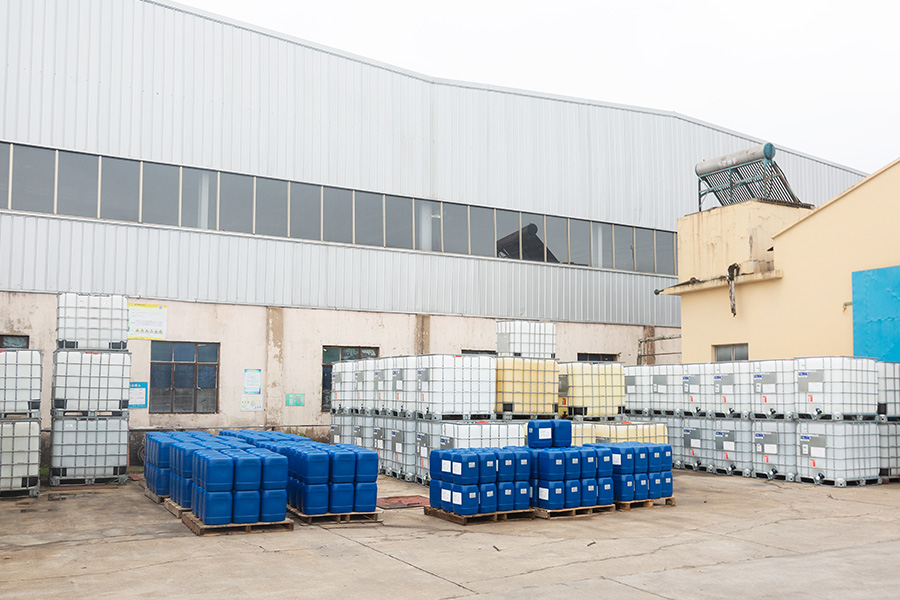Industrial cooling systems operate under a wide range of demanding conditions, often testing the limits of materials and chemical treatments. Among these challenges, high temperatures and high flow rates pose a significant risk to equipment longevity, making it critical to use reliable solutions like circulating water corrosion inhibitors. These specialized formulations not only protect heat transfer equipment from corrosion but also maintain their efficacy in extreme environments. Understanding their resilience and adaptability is key to appreciating their role in modern industrial applications.
The secret to the Circulating water corrosion inhibitors's performance lies in its chemistry. Composed of non-phosphorus corrosion inhibitors, pre-film dispersants, and surfactants, this blend is engineered to form a dense, long-lasting protective film on surfaces exposed to circulating water. Under extreme temperatures, the inhibitor’s chemical stability ensures that it does not degrade or lose its effectiveness. For example, in high-temperature environments typical of power plants or petrochemical facilities, the protective film remains intact, preventing accelerated corrosion that might otherwise occur due to thermal stress. This resilience is particularly important in systems where temperature fluctuations can cause expansions and contractions in equipment materials, which might otherwise compromise surface protection.

High flow rates present another challenge, as the constant movement of water can erode protective films or dilute treatment chemicals. However, circulating water corrosion inhibitors are designed to counteract these effects. The surfactants and pre-film dispersants work in tandem to ensure uniform distribution of the inhibitor across all surfaces, even in turbulent conditions. Once the film is established, its adherence to the equipment is strong enough to withstand the mechanical stresses of high-velocity water. In fact, systems operating at elevated flow rates often benefit from the self-healing properties of these inhibitors, which replenish minor disruptions in the protective layer to maintain consistent protection.
Additionally, these inhibitors exhibit excellent compatibility with a variety of water qualities, including those found in extreme operating conditions. Whether the water has high salinity, varying pH levels, or a propensity for scaling, the inhibitor's formula adapts to maintain its protective capabilities. This versatility makes it an invaluable asset in industries like oil and gas, where water chemistry and operational conditions can vary widely from one location to another. The ability to perform reliably in such diverse scenarios underscores the inhibitor's robustness and broad applicability.
Practical application strategies also contribute to their success in extreme conditions. Continuous dosing is typically employed to ensure a steady presence of active ingredients in the system, preventing gaps in protection. Monitoring the inhibitor concentration within the recommended range of 5–15 ppm helps maintain optimal performance, particularly in high-stress environments. Moreover, the product’s compatibility with other treatment agents, such as biocides and scale inhibitors, enables a comprehensive water management approach that addresses multiple challenges simultaneously.
Circulating water corrosion inhibitors are designed to thrive in the toughest conditions. Their ability to withstand high temperatures and high flow rates, coupled with their adaptability to diverse water chemistries, makes them indispensable for protecting heat transfer equipment in demanding industrial settings. By combining advanced chemistry with practical application strategies, these inhibitors ensure system reliability and longevity, proving their worth as a cornerstone of modern water treatment solutions.
 En
En
 عربى
عربى 中文简体
中文简体

